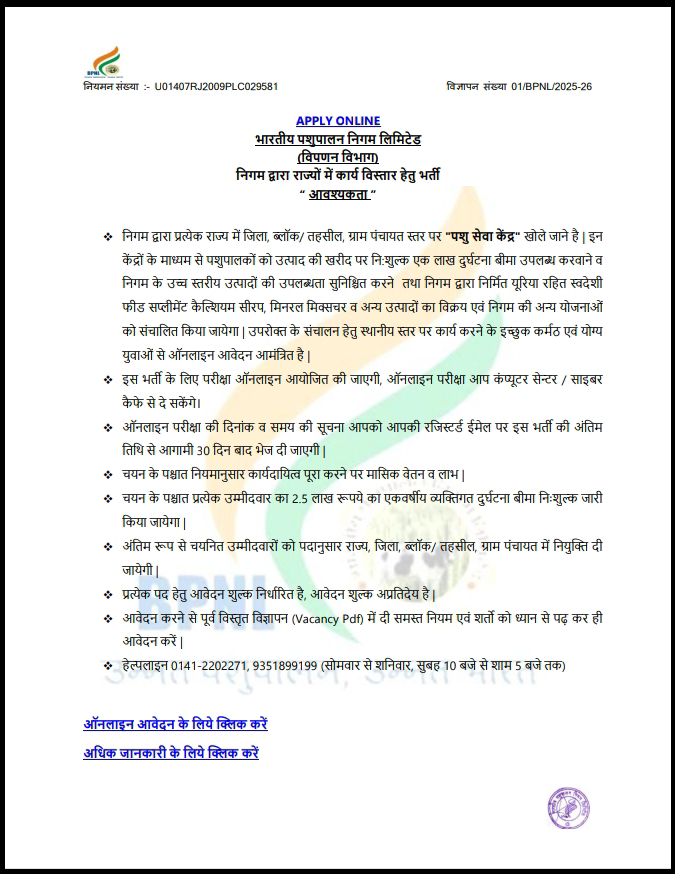An integrated nutrient management (INM) system aims to optimize nutrient use efficiency and crop productivity while sustaining soil health and minimizing environmental impact.
Its key components include:
* Soil Testing and Nutrient Assessment: Regularly analyzing soil to determine existing nutrient levels and identify deficiencies or excesses. This helps in tailoring nutrient application to actual crop needs.
* Organic Nutrient Sources: Utilizing locally available organic resources like farmyard manure (FYM), compost, green manures, crop residues, and biofertilizers to supply essential nutrients and improve soil physical and biological properties.
* Chemical Fertilizers: Applying inorganic fertilizers judiciously based on soil test results and crop requirements to supplement organic sources and meet immediate nutrient demands. Emphasis is on the right source, right rate, right time, and right place (4R principles).
* Biofertilizers: Incorporating beneficial microorganisms like nitrogen-fixing bacteria (e.g., Rhizobium, Azotobacter), phosphate-solubilizing bacteria (PSB), and mycorrhizae to enhance nutrient availability and uptake.
* Nutrient Cycling: Implementing practices that promote efficient nutrient cycling within the farming system, such as crop rotations, intercropping, and residue management.
* Water Management: Ensuring optimal water availability, as water plays a crucial role in nutrient uptake and utilization by plants. Efficient irrigation practices prevent nutrient losses through leaching or runoff.
* Integrated Pest and Disease Management (IPM/IDM): Healthy plants are better able to utilize nutrients efficiently. Managing pests and diseases reduces stress on crops and optimizes nutrient uptake.
* Site-Specific Nutrient Management (SSNM): Tailoring nutrient application rates to the specific needs of different areas within a field based on spatial variability in soil fertility and crop performance.
Essentially, INM takes a holistic approach, combining the strengths of organic and inorganic nutrient sources with sound management practices to achieve sustainable and productive agriculture.
An integrated nutrient management (INM) system strategically combines various nutrient sources to optimize plant health and productivity while minimizing environmental impact. Key components include:
* Organic sources: This encompasses farmyard manure, compost, green manures, vermicompost, and crop residues. These sources improve soil structure, water retention, and provide a slow and steady release of nutrients.
* Inorganic fertilizers: These are commercially produced chemical fertilizers that provide readily available nutrients, allowing for precise application and addressing specific nutrient deficiencies.
* Biofertilizers: These are microbial inoculants (like nitrogen-fixing bacteria or mycorrhizal fungi) that enhance nutrient availability in the soil through biological processes.
* Crop rotations: Planned sequences of different crops can improve soil fertility, break pest and disease cycles, and enhance nutrient uptake. Leguminous crops, for example, can fix atmospheric nitrogen.
* Soil testing: Regular analysis of soil nutrient content helps determine specific nutrient requirements and avoid excessive or deficient fertilization.
* Integrated pest and disease management (IPM): Healthy plants, resulting from balanced nutrition, are often more resistant to pests and diseases, reducing the need for chemical interventions that can disrupt nutrient cycling.
* Water management: Efficient irrigation practices prevent nutrient leaching and ensure optimal nutrient uptake by plants.
Effectively integrating these components aims for a balanced and sustainable approach to plant nutrition.

.jpeg)






